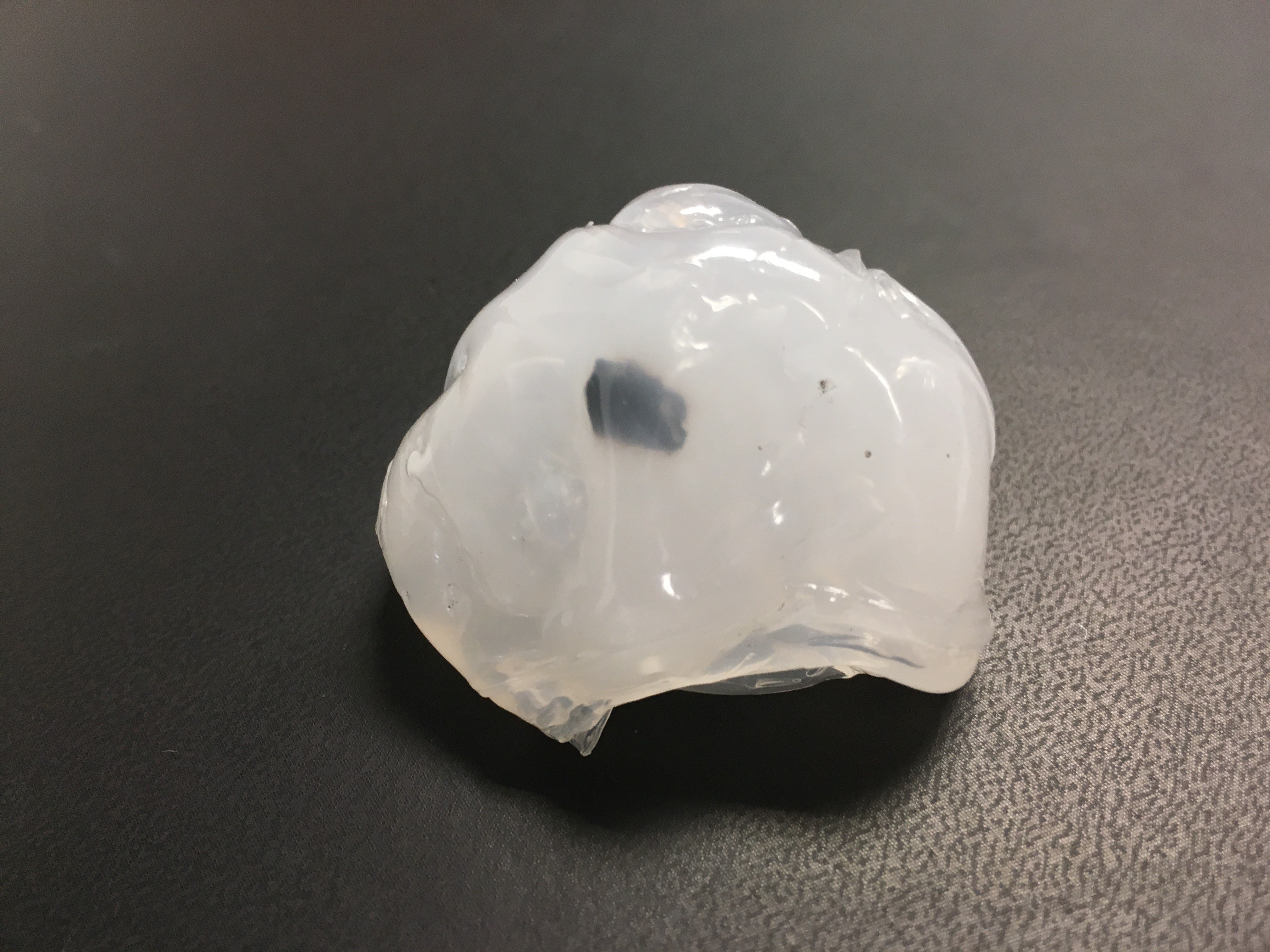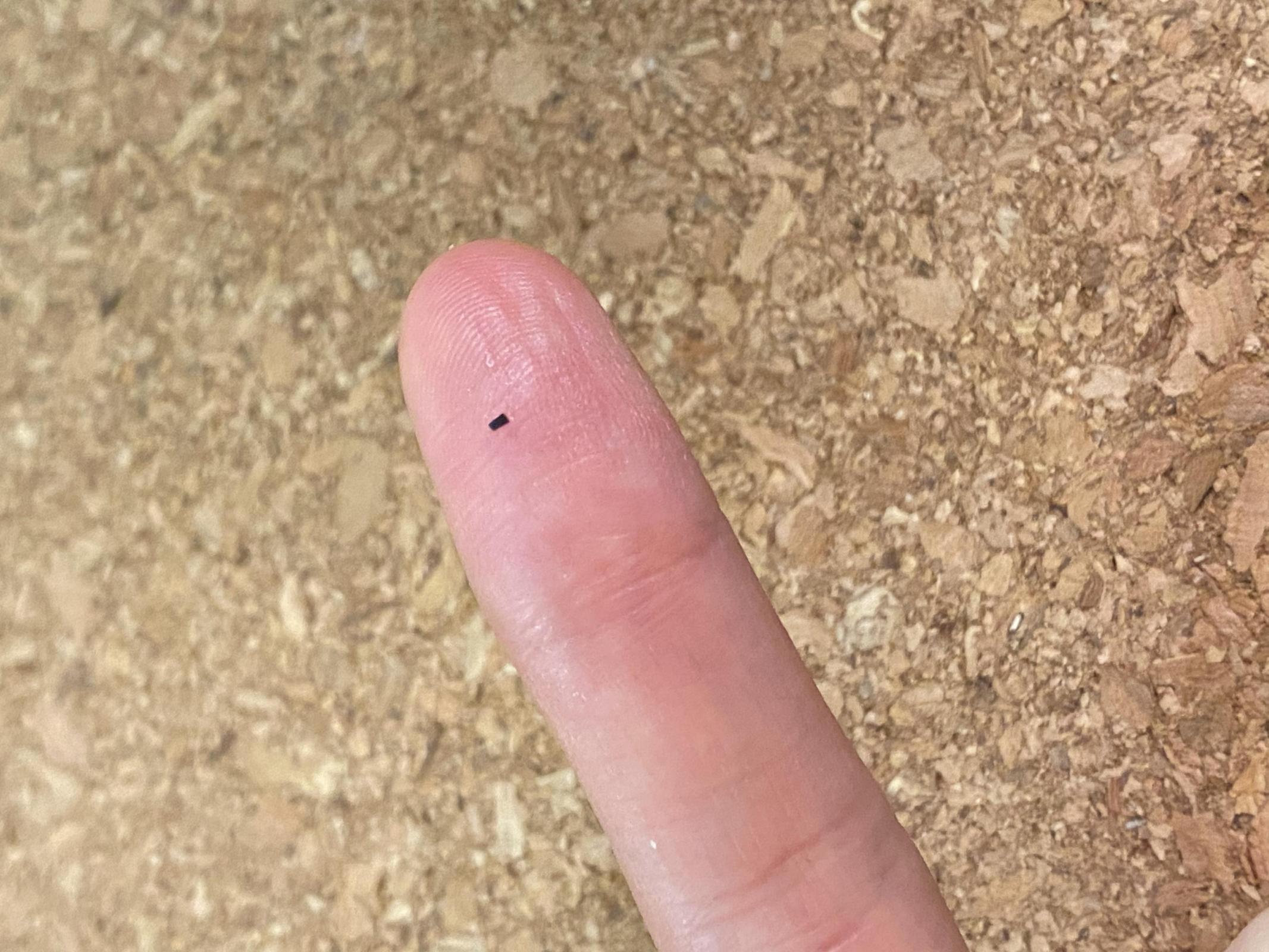Black specks on plants can be a puzzling and concerning sight, but understanding their causes and remedies is crucial for maintaining healthy and vibrant greenery. This guide delves into the identification, treatment, and prevention of black specks, providing practical solutions to restore your plants to their former glory.
Black specks on plants can manifest in various forms, ranging from small dots to larger, irregular patches. They may appear on leaves, stems, or flowers and can be caused by a range of factors, including pests, diseases, and environmental conditions.
Identification and Diagnosis

The presence of black specks on plants can be a sign of various underlying issues. Accurate diagnosis is crucial to determine the appropriate treatment and prevent further damage to the plant.
Black specks on plants can manifest in different forms, including:
- Small, raised bumps or lesions
- Dark, irregular spots
- Sooty mold, a black, powdery substance
Methods for Diagnosis
Diagnosing the cause of black specks on plants involves a combination of visual inspection and scientific methods:
- Visual Inspection: Examine the plant thoroughly for any signs of pests, such as aphids or spider mites. Check for wilting, discoloration, or any other unusual symptoms.
- Microscopic Examination: Take a sample of the affected tissue and examine it under a microscope to identify any fungal spores, bacteria, or other microorganisms.
- Laboratory Testing: If necessary, send a sample of the affected tissue to a laboratory for further analysis and identification of the specific pathogen.
Treatment and Prevention

Combating black specks on plants requires a two-pronged approach involving effective treatment and preventative measures. By implementing proper plant care and maintenance, we can minimize the risk of future outbreaks and ensure the health of our beloved greenery.
Organic solutions offer a natural approach to treating black specks. Neem oil, known for its insecticidal properties, can be diluted and applied to affected areas. Alternatively, horticultural soap, a gentle but effective cleanser, can be used to remove the specks without harming the plant.
Chemical Solutions
- Chemical solutions provide a more targeted approach to treating black specks. Insecticidal sprays containing active ingredients like imidacloprid or acetamiprid can effectively eliminate pests responsible for the specks.
- It’s crucial to follow the manufacturer’s instructions carefully when using chemical solutions. Wear appropriate protective gear and avoid applying them during windy conditions to prevent accidental exposure.
Preventative Measures, Black specks on plants
Prevention is key in minimizing the risk of black specks on plants. Regular inspection and early detection are essential. By promptly removing infected leaves or stems, we can prevent the spread of pests.
Proper watering techniques are also vital. Avoid overwatering, as it creates a favorable environment for pests. Allow the soil to dry out slightly between waterings.
Companion planting, the practice of growing mutually beneficial plants together, can also deter pests. For example, planting marigolds or basil near susceptible plants can repel insects.
Importance of Proper Plant Care
Maintaining optimal plant health is crucial in preventing black specks. Healthy plants are more resilient to pests and diseases. Ensure your plants receive adequate sunlight, nutrients, and water.
Regular cleaning of plant surfaces, including the undersides of leaves, can remove dust and debris that may attract pests.
Impact and Consequences: Black Specks On Plants

Black specks on plants, while often dismissed as minor blemishes, can have significant consequences for plant health and appearance. These specks, caused by various factors, can lead to growth inhibition, disease susceptibility, and reduced aesthetic value.
Plant Health Impact
- Growth Inhibition: Black specks can obstruct sunlight from reaching the plant’s leaves, hindering photosynthesis and limiting energy production. This can result in stunted growth, reduced yields, and overall poor plant health.
- Disease Susceptibility: Damaged plant tissues caused by black specks create entry points for pathogens and pests. These openings allow disease-causing organisms to penetrate the plant, leading to infections and further deterioration.
Aesthetic Implications
Beyond their impact on plant health, black specks can also diminish the aesthetic appeal of plants. These unsightly blemishes can affect the ornamental value of plants, particularly in commercial settings or gardens where appearance is crucial.
Case Studies
A study conducted by the University of California, Davis, demonstrated the detrimental effects of black specks on tomato plants. Plants with untreated black specks experienced a significant reduction in fruit yield compared to healthy plants. Additionally, the fruits from affected plants exhibited lower quality and marketability due to their unsightly appearance.
